Much of the Nikko area in Tochigi Prefecture, a few hours drive north of Tokyo, is perched high in the mountains, and for obvious reasons, is very close to the Japanese people’s hearts. Nikko is the synergy of Culture and Nature. Next week we’ll be looking more into the cultural side, but today we’re going to look at some shots of a few waterfalls among other things.
Before we get started today, I have one piece of housekeeping that cannot wait until the end of the episode. From today, and coincidentally coinciding with the 40th episode, I am able to bring you the Martin Bailey Photography Podcast as an Enhanced Podcast. This means that you can now follow along with the Photographs I talk about on your iPod and the images will change in time with the dialog. Yes, I’ve given in to Apple’s marketing strategy of only making the Chapter Tool used to make enhanced Podcasts available for the Mac platform, and not for Windows. I figure the longer I wait, the more mail I’ll have to reply to explaining why I can’t do this, and also the catch up of the backlog of Podcasts, if I decide to do so, will get more and more daunting as time goes by.
I personally wasn’t that bothered about making this Podcast enhanced, as I would prefer you to look at the images full size on the web and not on that tiny little iPod screen, but I do sometimes enjoy seeing the photos change on other Photography related Podcasts, and can appreciate the desire to be able to do this for my show too.
Finally, before moving on to the main topic for today, I should congratulate all the Windows based Podcasters world wide, because now I have given up my stand against Apple, you can bet your bottom dollar that there’ll be a Chapter Tool for Windows released within the next month or so. And while were on the subject of dollars, I would like to say that I have invested around $1,400 this weekend, that I was saving up for my next lens, so I hope that you can appreciate what I’m sacrificing to make this Podcast as good as it can be. I’ve also spent most of the weekend arguing with my better half over spending this money. She is most definitely not a happy teddy. So if you are happy or relieved that you finally have this Podcast in enhanced mode, and feel like helping to pay for the Mac that I needed to realize this, you can make cash donations of any size from the Podcast page at martinbaileyphotography.com. Of course there is, and never has been any pressure or obligation to pay anything, and this Podcast will remain fundamentally free, but a few dollars support will definitely help restore peace in the Bailey household right now.
So, that out of the way, let’s get on with today’s main topic.
On the 21st of May, 2006, I decided to go to Nikko, in the Tochigi Prefecture, which is a few hours drive north of Tokyo. Then the following Sunday, the 28th, I went back with a friend who was visiting from India. The reason for my first visit was two fold. I was on a reconnaissance trip for the second visit that I had arranged the following weekend. This was not much of a reason though, as I know the area pretty well having visited a number of times since I first came to Japan in 1991. The second reason is that I was interested in shooting the Ryuuzu no taki or Ryuuzu Falls. The thing is, I’d found on the Web during my planning for the visit that the fresh green spring leaves and the azalea flowers that bloom around these falls at the same time were not yet in bloom, though they were late. I would be back the following weekend when I was due to come with my friend, and I wanted to see how close the foliage was to sprouting and the azalea to blooming. I found the azalea buds quite full and ready to bloom, so decided it would be worth coming back the following week.
Also though, I would not have the time to spend getting my shot right the following week, though I knew that I’d want to shoot something, so I also wanted to take a walk around the area and get any possible shots and plan shots for my next visit at the same time. The first image of the entire falls from the first visit is shot number 989. Now, this is not a great shot, I’m sure you’ll agree. The nice blue sky helps, and I was lucky to find some pink blossom on the trees to the left of the falls to add a splash of colour. The downside is that the surrounding trees are a little uninteresting, and the day was so bright that there is a lot of contrast between the water and the surroundings.
I used an ND8 circular neutral density filter to give block out three stops of light, and also used a circular polarizer which blocks out another 2 stops of light, for a total of 5 stops. This meant that with an ISO 50 and an aperture of F16 the exposure for this shot was one second. This allowed me to capture the water of the falls with a silky flowing feeling that I kind of like.
In contrast to this shot, let’s skip to shot number 1006 from the following Sunday to see the difference. The following Sunday I was lucky to have very different weather conditions. Sure, a nice blue sky makes the shots look warm, but in reality, very bright days are very rarely as photogenic as one might think. This image was made again with the ND8 neutral density filter, but without the polarizer. The polarizer would perhaps have brought out the green in the leaves a little more, but I don’t think I really needed it. As you can see in this second shot, the fresh green leaves are now out, the pink blossom to the trees on the left has fallen, giving way to some splashes of red throughout the image as the azalea flowers start to bloom, adding a little extra touch of interest.
Once again at F16, for this shot I chose ISO 100, and was now exposing for two seconds, not one as with the last shot. So basically, I had one extra stop of ISO, one extra stop of exposure and two extra stops from not using the polarizer, making a total of four stops more light for this image over the last. We can see that the contrast between the water and the surrounding is now much less too, making for an all round much more pleasing image.
Looking around the Web for the reason why these falls are called the dragon head falls, I found various theories, so I don’t know which one is for real. I’d say actually that all could be based on hypothesis rather than fact. One possibility is that the falls as they split into two simply look like a dragons head, though I don’t really see it. I imagine you could think of the larger falls to the left being the head and the falls to the right being a dragon’s talons. Or maybe the split is the opening of the mouth. Maybe also the block of ground between the two falls could be the head, with both falls being the forearms in a more three dimensional representation. Another theory is that the water flowing over the undulating rocks looks like white scales of a mythical dragon. No matter what the reason for the name, I find these falls to be quite beautiful and I’m pleased to have been able to go back and shoot them a number of times. I actually have a slide of pretty much the same view from back in 1991 when I first visited, but I have never been happy enough with the shot to post it on my Web site.
Let’s now take a quick look at a slightly different view of the same falls from the rainy day, which is shot number 1005. There is a similar view from the first week on my Web site too, but we’ll just look at the latter image today. This time I’ve closed in a little, so as just to focus on the right-hand falls. The last two shots by the way were made with my 16-35mm F2.8 L lens, and this shot was made with my 24-105mm F4 L lens to get me in a little closer. I was at 47mm for this shot. I was still shooting at ISO 100, but was now only exposing for 1 second, again at F16. I found the water was blowing out a little too much at 2 seconds once I closed in on the scene a little more. Here my main point is, as I’ve said before, it’s often possible to create a beautiful, yet totally different image of the same scene by singling out smaller areas using a longer focal length. This allows us to pour over the detail of this waterfall much more easily than the last image, which is attractive for different reasons. In this shot we can not only see more detail in the water as it pours over the rocks, but we can also see if we look closely that the water is visible between the trees for quite a way up the hill in the distance. The drop of the falls is actually 60 meters, but the falls in their entirety, which can really better be described as rapids rather than falls, are 210 meters long, stretching up the mountain side.
In the next shot, image number 991, again from the first week, I had climbed the stone stairs that wind their way up the hill to the right of the falls, and snuck through a gap in the fence, and made my way down to the side of the water. Standing precariously on the moss covered rocks, with two of my tripods legs in the water, I got down as low as I could to the level of the water for this shot of the rapids above the falls. These are actually included in the 210 meters of the falls, and this is the point where the water splits into the two separate falls that we saw in the first two shots earlier.
Again using my 16-35mm F2.8 lens, at 18mm for this shot, I was using ISO 50 with the ND8 and circular polarizer filters. I try to avoid using this and my 24-105mm wide open with more than one filter on as I get pretty back vignetting. As I rarely remove my protect filter, especially around waterfalls with all the water spraying up, I actually had three filters on the lens while shooting these images, so 18mm actually was starting to vignette just a little, so I’ve cropped this shot just a touch. The aperture was again F16 and the shutter speed was 1/8th of a second. For this shot, I think the low perspective has helped me to emphasize the fast flowing expanse of water, but I also like the splash of blue sky in the distance, and also the red, white and yellow splashes of colour of the clothes on the three people that have also snuck through the fence further up the falls to get a shot down by the water’s edge. I don’t always like to shoot with people in the frame, and indeed I shot a number here without them, but I chose this shot as I think the people add scale, as well as a splash of colour.
Moving on to the last shot of these falls for today. Image number 992 was made from the bridge that goes over the river just as it starts to drop in what is officially the start of the falls, 210 meters from the first shots we looked at today. This whole area is already 1,400 meters above sea level, but we can see the Chuuzenji Lake in the distance which is where the water we see flowing down the mountain here will temporarily end up. This is only temporary, as the water will at some point flow off through the Kegon Falls, which I showcased in Episode 11 and we’ll also take a look at next week. This image, also shot with my 16-35mm lens was again at F16 at ISO 100, for a quarter of a second. This shutter speed is enough to give the water a flowing feel, but I couldn’t go any slower as there were cars and buses crossing the bridge on which I was standing, and the vibration would ruin the shots. I had to keep waiting for a break in the traffic anyway, and didn’t want to risk any longer shutter speeds. Again here I was still using the ND8 neutral density and the circular polarizer filters.
The next shot I want to look at, image number 994 takes us away from waterfalls for a little while. This is a simple shot of the top of Mount Nantai with some birch trees in the foreground. This is quite a serene scene, with the nice blue sky and a few fluffy clouds. The birch trees are what drew me to the shot, while looking for stuff to shoot in the Senjougahara area on the plateau up here in the Nikko highlands. The way the birch trees are separated into the bunch on the right and the sole tree on the left is also kind of appealing. Senjougahara actually mean the battlefield plains. Legend has it that the gods of the mountain in this shot, Mount Nantai, and another, Mount Akagi turned into a giant centipede and a giant snake and fort here and Mount Nantai won. Nantai actually translates as man’s body, and Akagi means a red fort or castle. There’s nothing special technically about this shot. It was made with ISO 100 for 1/20th of a second at F16 with my 24-105mm F4 lens.
OK, so back to another waterfall, but we’re only going to look at it as a secondary subject. There is a shot of the Yudaki, or Yu Falls on my site too, but it’s not that great. I’ll put a link to all of the shots for today in to the show notes for you to browse at your leisure later. The one I do want to quickly look at it image number 995. I approached the platform in front of the falls to shoot another one of these natural wonders, and I found two gentlemen already set up with their tripods photographic the falls. I stood my tripod behind them and as I peered through my camera’s finder to see if the lens was appropriate, this image just kind of appealed to me. These two guys bent over their tripods shooting away without even really acknowledging my existence at first, just brought a smile to my face. They soon realized I was behind them and the guy to the left moved his camera out of the way to let me in for my shot. They asked me which Neutral Density filter I was using, as they had only brought a one stop ND2, so I loaned them my ND8 for a while as with the ND2 the falls were still so bright that they could not shoot them at slow enough shutter speeds to give the falls that flowing effect, even with their lenses smallest aperture. We spoke for a little while and I moved on to the last part of my trip on the first day.
Next week, I’ll go into more detail and show you some more images from the following weekend, but for today, let’s look at just one more shot from this area, which is number 998. The sky was full of clouds that kept rolling in front of the sun, and so the light was changing often as I walked through the woods near Yudaki. The light in this particular shot literally lasted just seconds and didn’t come back while I was standing there. The shots before and after this are very dull by comparison. The clear water that incidentally has fallen down the waterfall probably a minute of so earlier, is quite still now, and gives us a beautiful reflection of the green foliage on the opposite bank. The new greens in the woods also highlighted by the warm sunlight add some extra colour and then there’re the browns and rusty reds that make up the rest of the image. It was shot at F16 for 1/3 of a second, at ISO 50, with my 24-105mm F4 lens. The thing that let’s this shot down quite badly in my mind is the black mesh around the tree in the left foreground. This is probably to stop deer eating the bark in the winter and therefore killing the tree, but I really wished it wasn’t there for this shot.
And with that, we’ll call it a day for today. Part two of this Podcast should be released early next week. Please remember to vote for this Podcast on Podcast Alley as it’s now the start of a new month and the votes have been reset. There’s a form on the Podcast page at martinbaileyphotography.com to make it easy for you to vote.
Also, remember that there are still almost three weeks left of the Rainy Day assignment, which closes on June 25th, so if you still haven’t posted your entry, please take a look at the detail in the Assignment Forum, and if you didn’t listen to the original Podcast on this assignment, you can go back to Episode 37 for more details. I’m already seeing some great images that have been uploaded to the assignment gallery, and can’t wait to see what the rest of you make of this assignment. Remember that the prize is an original print of any of the photos in my online gallery at any size up to A3+ on the paper of your choice. Also votes will be accumulated throughout the year for a grand prize which right now although I don’t know what it will be, will definitely be something more than one of my prints, and hopefully something you’ll be happy to receive too.
So I hope you’ve enjoyed this first ever enhanced Martin Bailey Photography Podcast. As usual, I’ve enjoyed putting it together, despite there being a bit of a learning curve to climb this week due to the new technology. So whatever you do with the rest of your week, please enjoy doing it, and if you’ll be out photographing, I’m sure you’ll enjoy it even more. Bye bye.
Show Notes
Music from Music Alley: www.musicalley.com/
Subscribe in iTunes for Enhanced Podcasts delivered automatically to your computer.
Download this Podcast in MP3 format (Audio Only).
Download this Podcast in Enhanced Podcast M4A format. This requires Apple iTunes or Quicktime to view/listen.

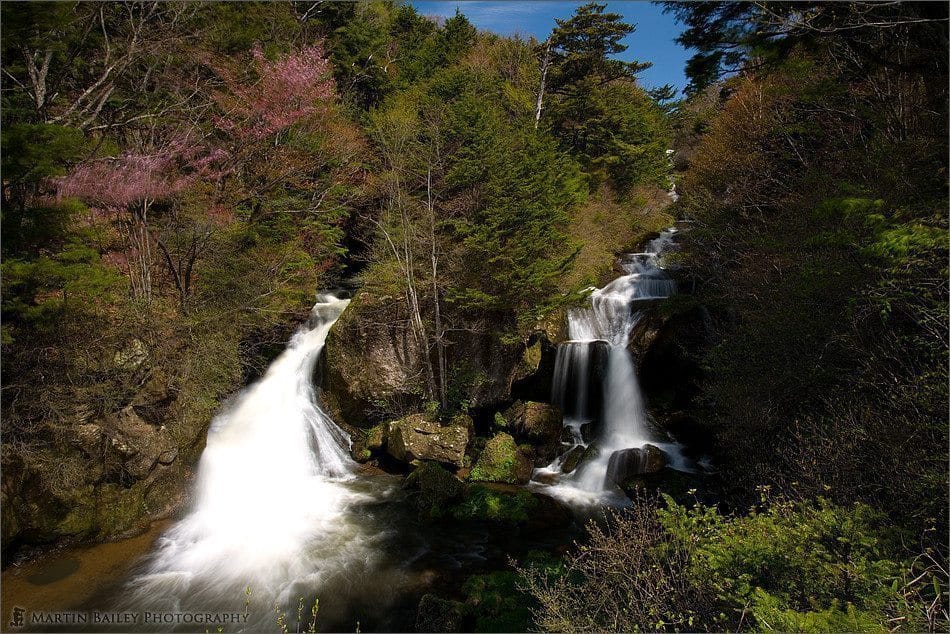
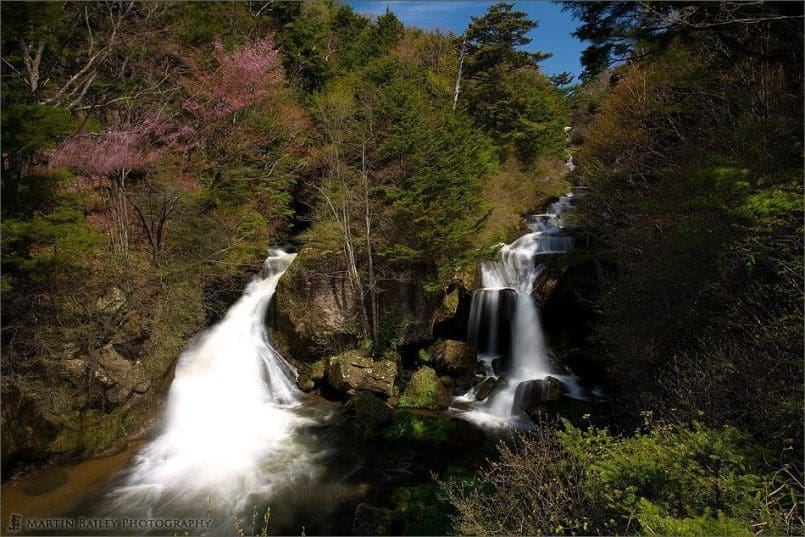
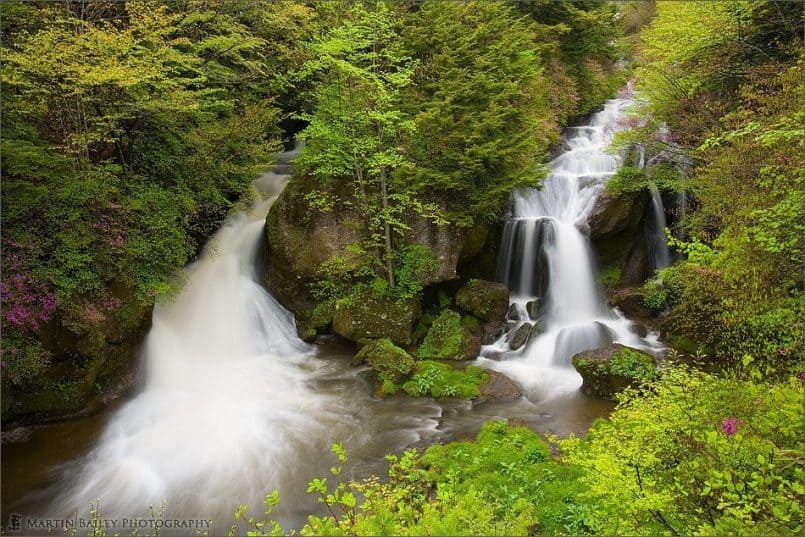
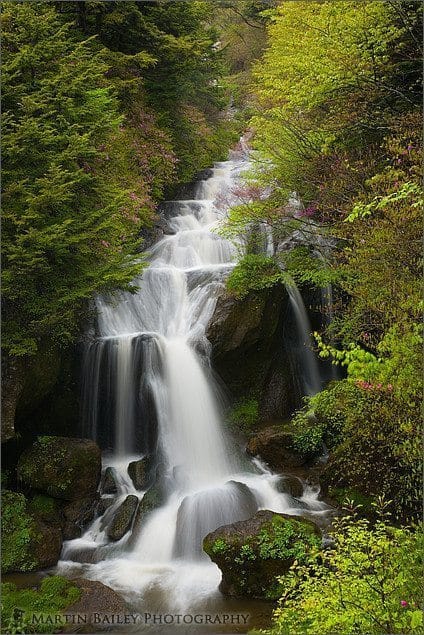
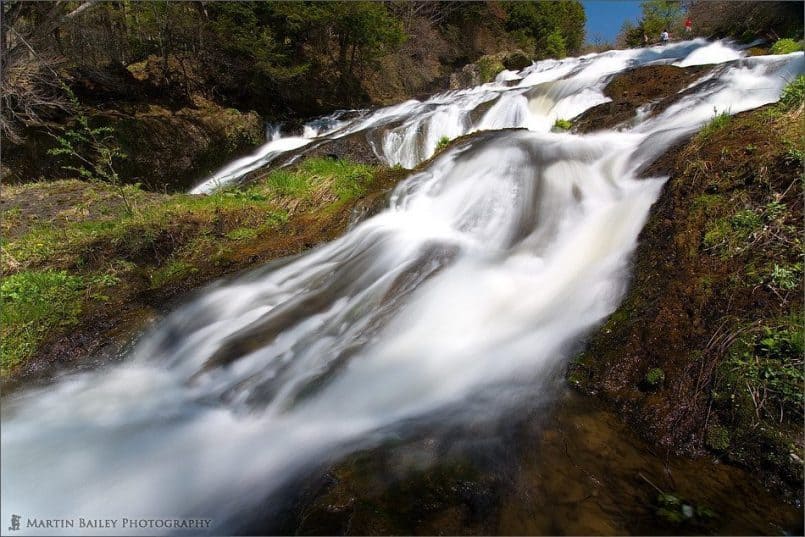
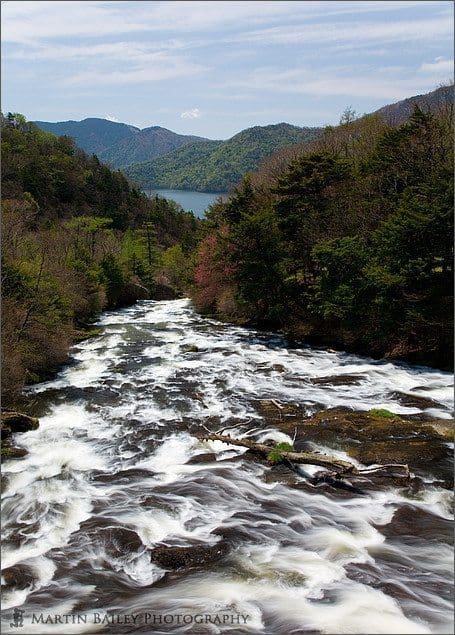
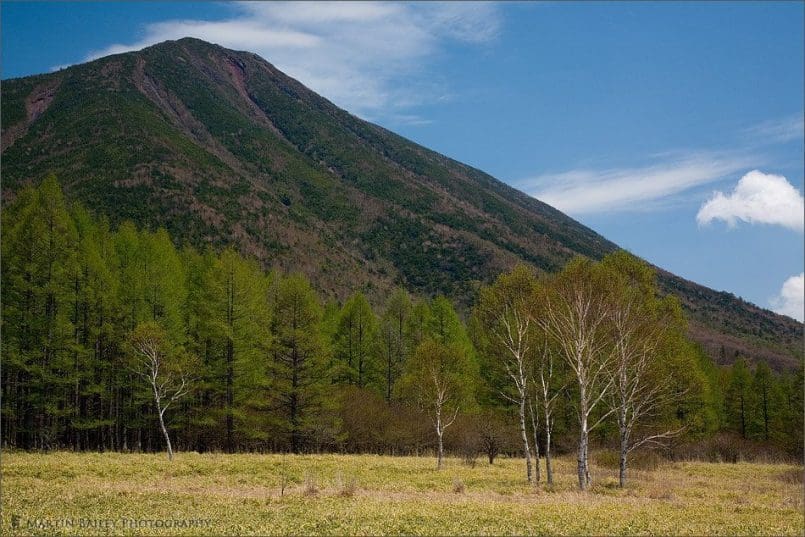
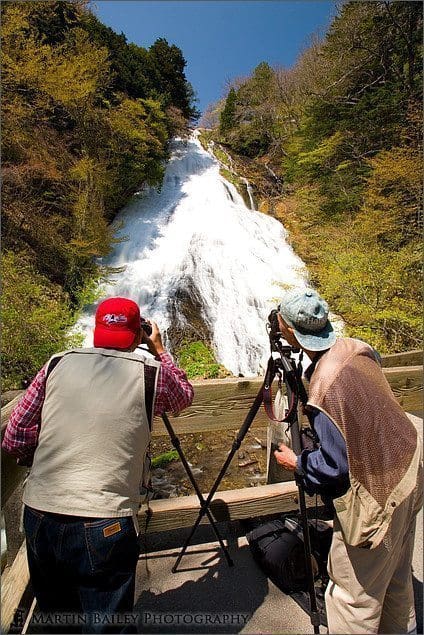


0 Comments